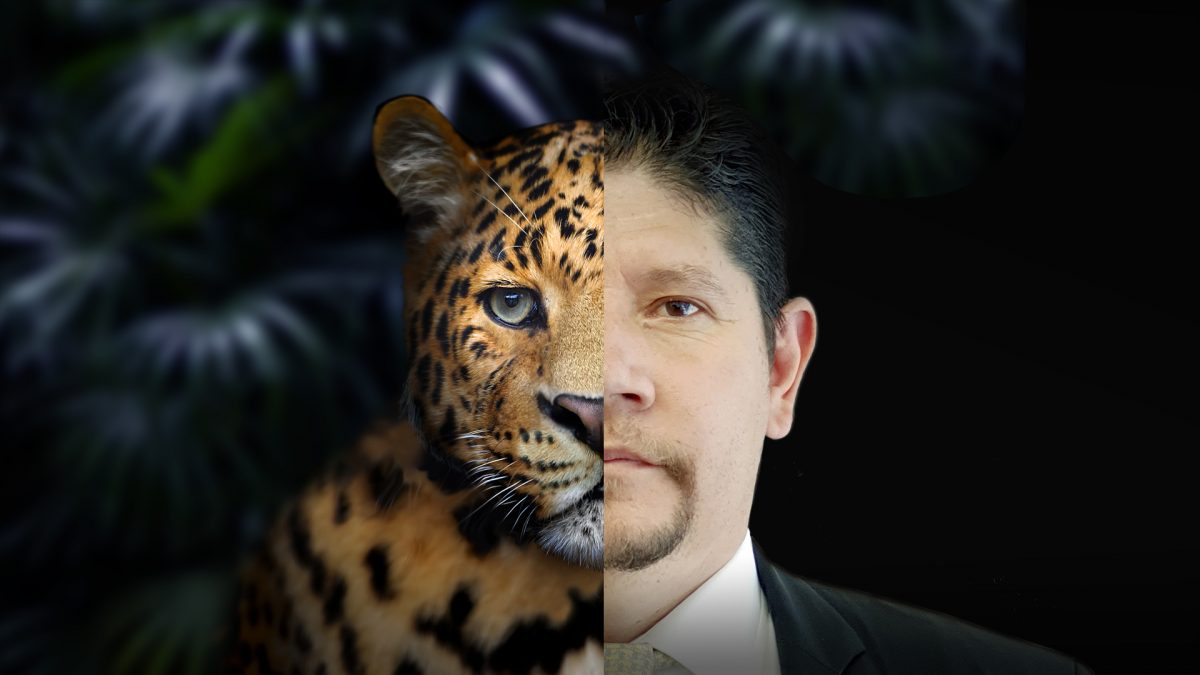20 años de experiencia en Cadena de Suministro, Administración y IT, trabajando para empresas multinacionales de petróleo y gas en América Latina: Colombia, Argentina y México.

Is Sustainable Energy Really an Option for Everyone?
How to create a truly sustainable future for our planet is a question that is growing on the minds of more people, governments, and investors.
2020 was a watershed year where the consciousness around these issues moved front and center onto the global agenda. The UN Goals for Sustainable Development is a guideline of 17 crucial and widely accepted principles to focus the world’s efforts on creating a better, more equitable future for our Earth and the humans and animals that inhabit it.
When I look at the sustainable development goals, my eyes are naturally drawn to Goal 7: “Ensure access to affordable, reliable, sustainable and modern energy for all.” After all, I work for an energy company and have done so for most of my professional life. However, many, if not all of 17 goals – End Poverty, Water and Sanitation, Education, Economic Growth, Health, and Zero Hunger, to mention a few – require this source of energy to have any hope of being achieved. But what draws my focus when I read Goal 7 are the very last two words: “for all.”
One of the things that too often gets lost when we talk about sustainable development is the inequality in the world regarding access to energy. The further you live away from population centers, the more likely you will live at or below the poverty line.
Why is this? There is a direct correlation in every country in the world to the average per capita energy expended on transport and the lower population density. In the absence of subsidies, it is always true that the cost of energy increases and becomes an extra burden that grows the further and more isolated your home is from major population centers: this is part of the reason why so many people who are looking for opportunities migrate to cities.
Today, most current renewable energy sources are not functional in providing constant baseload power but work best as complementary power within large integrated power networks. Creative small-scale solutions exist, but most are still too costly to be accessible to the most vulnerable communities. What happens all too often is that remote communities either need to accept limited access to reliable power or rely on traditional cooking and heating methods, from burning wood to charcoal, affecting their health and the environment. It is also well documented that one of the most extraordinary things that can be done to lift communities living at a subsistence level is the provision of cheap power so that the hours of accessible education can be extended to occur at nighttime, under electric lights.
Access to affordable, sustainable, and cost-effective power is the greatest thing we can do to assist people in remote communities to improve their chances to accompany the more privileged areas of the world in their growth.
Crossroads
We are at a crossroads in the history of our planet. The amount of pressure we are putting on the planet due to population and consumption growth, coupled with poor historic practices around pollution, has created the imperative that we must act now to reduce emissions to a sustainable level and heal our planet. Most of these efforts will be focused on the largest sources of contamination. Still, suppose we are going to do this right, this time. In that case, we can’t leave anyone behind, ignoring the disparity and inequality of access to sustainable solutions, especially for remote and underprivileged communities.
I believe that natural gas plays a crucial role in bridging this gap. Providing a viable source of heat and power to remote communities is proven to be viable with natural gas. It’s a source of power that is one, two, or three times cleaner than other alternatives available to many of these communities. The cost-effective nature of natural gas provides one thing that is critical for struggling communities: it buys us time to work with these communities to find solutions to help them have equitable access to all of the UN sustainable development goals.
We believe that the energy industry, which has gone to every corner of the Earth to find and develop energy, has a timely opportunity to ensure that those most at risk don’t get left even further behind. It is critical to craft these much-needed new solutions in conjunction with the community, so they take a leadership role in designing their future. Their local knowledge and insight are a vital part of the creative solutions that humankind needs to overcome the challenges facing our planet and those who live on it. Federal governments and international bodies can assist by working with companies and communities to develop these solutions and share broadly the lessons that are obtained over time.
Imagine a world where a portion of the royalties due to natural gas could be directly invested by the production companies directly in the communities where the work is being undertaken. Direct involvement of the community and oversight by government will ensure that the money is well spent on the most critical projects in remote communities. Incentives must be created to do more, more quickly and effectively, creating an ecosystem where industry, communities, and governments work together to create a better life for remote communities and connect them to new opportunities.
Now it is our turn and our responsibility to take a leading role to make sure that everyone has access to clean, cost-effective energy now so that everyone can participate in a future that is brighter for all.











